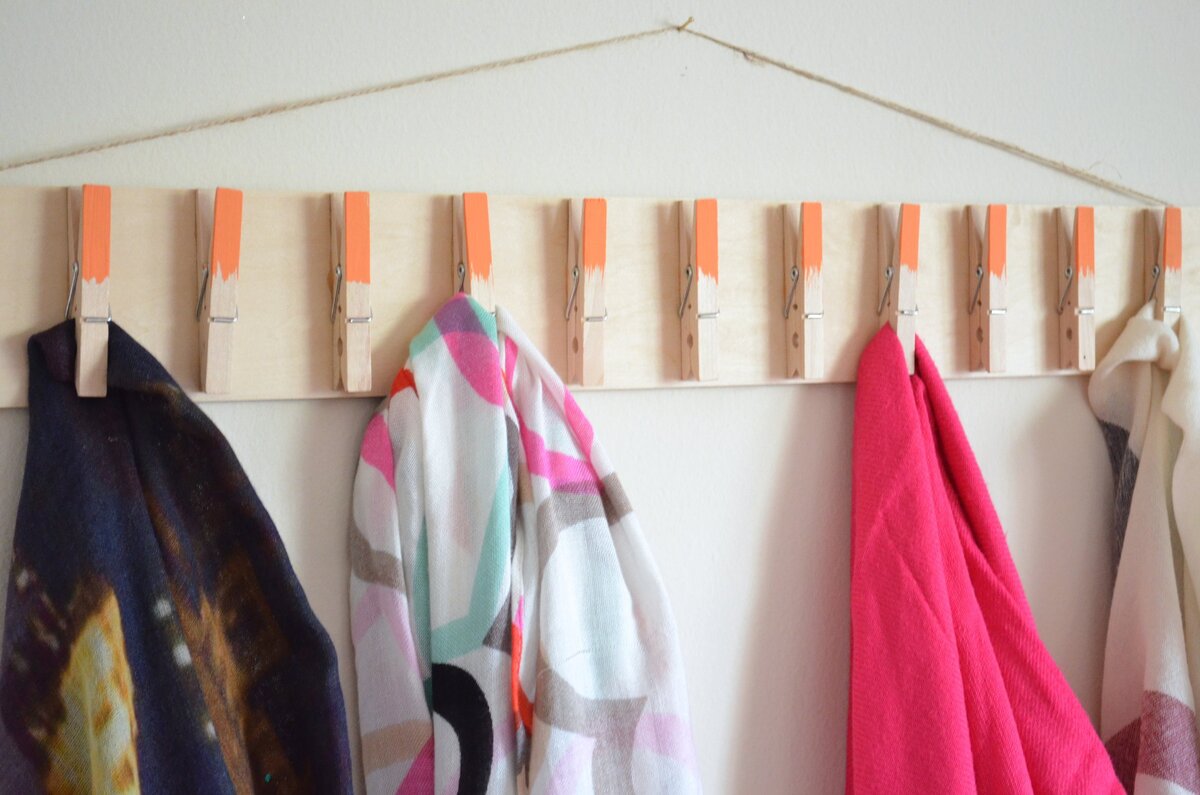

Articles
How To Store Winter Scarves
Modified: March 3, 2024
Learn how to properly store winter scarves with these helpful articles. Protect your scarves from damage and keep them organized until next season.
(Many of the links in this article redirect to a specific reviewed product. Your purchase of these products through affiliate links helps to generate commission for Storables.com, at no extra cost. Learn more)
Introduction
Winter scarves are essential accessories that not only keep us warm but also add a touch of style to our outfits during the colder months. However, when the winter season comes to an end, it’s important to properly store our scarves to ensure they stay in good condition and are ready to use for the next winter season. In this article, we will discuss how to store winter scarves effectively, so they remain organized, protected, and ready to wear when the chilly weather arrives again.
When it comes to storing winter scarves, there are a few key factors to consider to ensure their longevity. In this guide, we will share tips on choosing the right storage space, cleaning and preparing scarves for storage, folding and storing techniques, and protecting scarves from potential damage.
By following these guidelines, you will be able to maintain the quality of your scarves, prevent them from getting tangled, and ultimately extend their lifespan. So let’s dive into our scarf storage journey and make sure your winter accessories are ready for the next frosty season!
Key Takeaways:
- Properly storing winter scarves involves choosing the right storage space, cleaning, folding, and protecting them from damage. Utilize various storage options and techniques to maintain scarf quality and organization.
- Enhance scarf storage by labeling containers, organizing by color or type, and rotating seasonally. These practices ensure easy access, protection, and a fresh collection for every winter season.
Read more: How To Store Silk Scarves
Choosing the Right Storage Space
When it comes to storing your winter scarves, the first step is to determine the right storage space. There are a few options to consider, depending on the available space in your home and your personal preferences. Let’s explore three common storage options: the closet, drawer, and hanging organizer.
Closet
A closet is a popular choice for storing winter scarves as it provides a dedicated space to keep them organized and easily accessible. If you have a spacious closet with enough shelf or hanging space, you can designate a specific area for your scarves. Consider using a scarf hanger or a multi-hanger with multiple hooks to hang your scarves neatly. This not only saves space but also prevents them from getting wrinkled or tangled.
If you prefer folding your scarves, you can arrange them neatly on a shelf or in a drawer within the closet. Opt for a closet shelf divider or drawer organizer to keep your scarves separated and prevent them from getting jumbled together.
Drawer
If closet space is limited, a drawer can be an excellent alternative for storing your scarves. A chest of drawers or a dresser with multiple drawers provides ample space to keep your scarves neatly folded and easily accessible. Prioritize dedicating a drawer solely for your scarves to keep them organized and separate from other clothing items.
Consider using dividers or small storage boxes within the drawer to compartmentalize your scarves according to color, style, or thickness. This will make it easier to locate specific scarves without having to rummage through a mess of tangled fabric.
Hanging Organizer
If you’re looking for a more visually pleasing and space-efficient storage solution, a hanging organizer can be a great option. Hanging organizers designed specifically for scarves come with loops or pockets that allow you to hang and store your scarves neatly. These organizers can be hung on the back of a door or inside a closet, making them a versatile and accessible storage solution.
When choosing a hanging organizer, consider the number of scarves you have and select one with enough loops or pockets to accommodate your collection. This will prevent overcrowding and ensure that your scarves remain easily visible and accessible.
Ultimately, the choice of storage space depends on your available space, personal preferences, and the number of scarves you own. Whether you opt for a closet, drawer, or hanging organizer, ensure that the storage space is clean, dry, and easily accessible to protect your scarves and make the organizing process a breeze.
Read more: How To Store Scarves
Cleaning and Preparing Scarves for Storage
Before storing your winter scarves, it’s essential to clean and prepare them properly. This not only helps maintain the quality of the fabric but also ensures that your scarves are fresh and ready to wear when the next winter season comes around. Let’s explore the three crucial steps: washing, drying, and ironing (if applicable).
Washing
The first step in preparing your scarves for storage is to wash them. Follow the care instructions on the scarf’s label or refer to the manufacturer’s recommendations to determine the appropriate washing method. Some scarves may be machine washable, while others may require hand washing. If in doubt, it’s always safer to hand wash delicate scarves to prevent any damage.
Use a mild detergent or a specialized scarf wash to clean your scarves. Avoid using bleach or harsh chemicals that can damage the fabric. Gently agitate the scarf in the water, paying special attention to any stains or areas that require extra cleaning. Rinse thoroughly to remove all soap residue.
Drying
After washing, it’s important to dry your scarves properly before storing them. Avoid wringing or twisting them, as this can stretch or damage the fabric. Instead, gently squeeze out excess water or roll the scarf in a towel to absorb the moisture.
Once the majority of the water is removed, lay the scarf flat on a clean, dry towel or use a clothesline or drying rack to air dry it. Avoid exposing the scarf to direct sunlight or heat sources, as this can fade the colors or cause the fabric to become brittle. Allow the scarf to dry completely before moving on to the next step.
Ironing (if applicable)
Ironing may be necessary for scarves made from certain fabrics such as silk or linen to remove any wrinkles or creases. Use a low to medium heat setting on your iron and ensure that the scarf is slightly damp or use a pressing cloth to protect the fabric from direct heat.
Gently iron the scarf using smooth, even strokes, and avoid leaving the iron in one place for too long to prevent scorching or burning the fabric. If you’re unsure about the appropriate temperature settings or ironing technique for a particular fabric, it’s best to consult the care instructions or seek professional advice.
Once your scarves are clean, dry, and, if applicable, ironed, they are ready to be folded and stored properly. Taking these steps will help maintain the quality of your scarves and ensure they remain fresh and ready for the next winter season.
Read more: How To Store Hermes Scarves
Folding and Storing Scarves
Properly folding and storing your winter scarves is essential to keep them organized, prevent them from getting wrinkled or damaged, and maximize storage space. Let’s explore three key aspects of folding and storing scarves: folding techniques, selection of storage containers, and deciding between stacking and hanging.
Folding Techniques
When it comes to folding scarves, there are various techniques you can use depending on the type of scarf and your personal preference. Here are a few common folding techniques:
- Basic Fold: Fold the scarf in half lengthwise, then fold it in half again. This creates a compact rectangle that is easy to stack or layer.
- Rolling Fold: Roll the scarf from one end to the other to create a compact cylinder shape. This technique is ideal for scarves made of delicate fabrics like silk.
- Pleated Fold: Fold the scarf accordion-style, creating pleats that run from one end to the other. This technique works well for larger scarves or those with intricate patterns.
Choose a folding technique that best suits your scarves and storage preferences, keeping in mind that some techniques may work better for certain scarf materials or patterns than others.
Selection of Storage Containers
When it comes to selecting storage containers for your folded scarves, consider their size, material, and ease of access. Here are a few options to consider:
- Clear Plastic Bins: Transparent plastic bins allow you to easily see and access your scarves while keeping them protected from dust and moisture.
- Fabric Boxes or Baskets: Fabric boxes or baskets offer a stylish and convenient storage solution. Look for boxes with dividers or compartments to keep your scarves separated and prevent them from getting tangled.
- Hanging Sweater Organizers: Hanging sweater organizers with multiple shelves or compartments can be repurposed to store folded scarves neatly. Hang the organizer in your closet or on the back of a door for easy access.
Choose storage containers that fit your available space and personal style, while also providing adequate protection for your scarves.
Stacking vs. Hanging
When it comes to storing scarves, you have the option of stacking them or hanging them. The choice between stacking and hanging ultimately depends on the amount of available space and personal preference.
If you have limited space or prefer a more compact storage solution, stacking your folded scarves in a storage container or on a shelf is a great choice. This method allows you to maximize space while keeping your scarves neatly organized and easily accessible.
On the other hand, if you have ample closet space and prefer to keep your scarves visible and easily accessible, consider hanging them. Use scarf hangers or multi-hangers with multiple hooks to hang your scarves and keep them wrinkle-free. Hanging scarves is also a good option for delicate fabrics that may not hold up well to folding.
No matter if you choose to stack or hang your scarves, make sure they are not overcrowded, as this can lead to wrinkles, creases, or difficulty in finding a specific scarf when you need it.
By following these folding techniques and selecting the right storage containers and methods, you can ensure your scarves remain organized, protected, and ready to wear for the next winter season.
Read more: How To Store Scarves In A Drawer
Protecting Scarves from Damage
Properly protecting your winter scarves during storage is crucial to keep them in pristine condition. By taking a few simple precautions, you can prevent damage from pests, humidity, and sunlight exposure. Let’s explore three key ways to protect your scarves: using mothballs or cedar balls, avoiding humidity, and avoiding sunlight exposure.
Using Mothballs or Cedar Balls
Mothballs and cedar balls are common methods used to prevent damage caused by moths, silverfish, or other fabric-eating pests. These repellents work by emitting a scent that repels and deters pests from coming near your stored scarves.
If using mothballs, place one or two in each storage container or hang them near your scarves. Ensure that the mothballs do not come into direct contact with the scarves, as the odor can transfer and leave an unpleasant smell. Mothballs are not recommended for use with delicate fabrics or scarves made of natural materials like wool or silk.
Cedar balls are a natural alternative to mothballs and are safe to use on all fabrics. Place a few cedar balls in each storage container or hang them near your scarves. Cedar has a pleasant aroma that keeps pests away, and it also helps to absorb moisture and prevent mildew.
Both mothballs and cedar balls should be replaced periodically to ensure their effectiveness in repelling pests. Follow the instructions on the packaging for the recommended usage and duration.
Avoiding Humidity
Humidity can cause mildew, mold, and unpleasant odors in stored scarves. To protect your scarves from humidity, ensure that the storage area is dry and well-ventilated.
If you live in a humid climate or during the summer months, consider using dehumidifiers or moisture-absorbing products, such as silica gel packets, to reduce moisture in the storage space. These products help to keep the air dry and prevent the growth of mildew or mold on your scarves.
Remember to check the humidity levels regularly and replace or recharge the moisture-absorbing products as needed.
Avoiding Sunlight Exposure
Exposure to direct sunlight can cause fading and discoloration of fabrics over time. To prevent damage from sunlight, avoid storing your scarves in areas that receive direct sunlight, such as near windows or in rooms with abundant natural light.
Choose a storage space that is dark or has minimal exposure to sunlight. If using clear plastic bins, consider placing them in a shaded area or using opaque fabric covers to block out sunlight.
By protecting your scarves from pests, humidity, and sunlight exposure, you can maintain their quality and ensure that they are in perfect condition when you retrieve them for the next winter season.
Read more: How To Store Scarves In Closet
Additional Tips and Tricks
When it comes to storing your winter scarves, there are a few more tips and tricks that can help you keep everything organized and maintain the longevity of your accessories. Let’s explore three additional tips: labeling scarf storage containers, organizing scarves by color or type, and rotating scarves seasonally.
Labeling Scarf Storage Containers
Labeling your scarf storage containers is a simple yet effective way to keep your scarves organized and easily accessible. Use adhesive labels, sticky notes, or a label maker to clearly mark each container with a description of its contents.
You can label the containers based on the color, pattern, or type of scarves they contain. For example, you might label one container as “Winter Wool Scarves” and another as “Lightweight Silk Scarves.” This way, you can easily locate the scarves you need without having to sift through multiple containers.
Labeling your storage containers adds an extra level of organization and streamlines the process of finding the perfect scarf for your outfit.
Organizing Scarves by Color or Type
Another helpful tip is to organize your scarves by color or type. Sorting your scarves by color not only makes it visually appealing but also allows you to quickly find the scarf that matches your outfit.
You can choose to organize your scarves in a gradient from light to dark or group similar colors together. Whichever method you choose, ensure that each color section is easily distinguishable.
Alternatively, you can organize your scarves by type if you have a diverse collection. Group lightweight scarves together, followed by thicker woolen scarves and then any specialty scarves, such as those with embellishments or patterns.
Organizing your scarves by color or type provides a neat and systematic way to store and locate your scarves, saving you time and effort when you’re getting ready.
Rotating Scarves Seasonally
Rotating your scarves seasonally is not only practical but also allows you to make the most of your collection. As the weather changes, certain scarves become more suitable for different seasons.
At the end of each season, review your scarf collection and determine which scarves are suitable for the upcoming season. Store the out-of-season scarves away and bring out the ones that are more appropriate for the current weather conditions.
This rotation system ensures that you have easy access to the scarves you need while keeping your storage area clutter-free. It also gives you the opportunity to rediscover scarves that may have been forgotten and breathe new life into your winter accessories.
By rotating your scarves seasonally, you can keep your collection fresh, organized, and tailored to the current weather, ensuring that you’re always prepared with the perfect scarf for any occasion.
By applying these additional tips and tricks, you can take your winter scarf storage to the next level. Whether it’s labeling storage containers, organizing by color or type, or rotating scarves seasonally, these practices will help you stay organized, protect your scarves, and effortlessly access them when needed.
Read more: How To Store Scarves Without Wrinkling
Conclusion
Properly storing your winter scarves is essential for keeping them in excellent condition and ensuring they are ready to be worn when the cold weather rolls around again. By following the guidelines outlined in this article, you can maintain the quality of your scarves and keep them organized and protected.
Start by choosing the right storage space for your scarves, whether it’s a closet, drawer, or hanging organizer. Consider the available space in your home and your personal preferences to determine the best option for you.
Before storing your scarves, take the time to clean and prepare them properly. Follow the care instructions on the labels and use appropriate washing methods, drying techniques, and ironing if necessary. This step ensures that your scarves are fresh and ready to wear when the next winter season comes.
When folding and storing your scarves, utilize different folding techniques depending on the scarf type and your preferences. Select storage containers that fit your available space and provide adequate protection against dust and damage. Decide between stacking folded scarves or hanging them, considering the available space and your preference for visibility and accessibility.
To protect your scarves from potential damage, use mothballs or cedar balls to deter pests, avoid storing them in humid environments, and protect them from direct sunlight exposure to prevent fading or discoloration.
Additionally, employ additional tips and tricks to enhance your scarf storage system. Labeling storage containers helps you locate specific scarves easily, organizing scarves by color or type provides a systematic approach to finding the right scarf, and rotating scarves seasonally keeps your collection fresh and suitable for the current weather conditions.
In conclusion, by following these guidelines and implementing the tips and tricks discussed, you can ensure that your winter scarves are well-maintained, organized, and protected, ready to be worn with style and warmth each winter season. So, take care of your scarves and keep them safe until the next frosty season arrives!
Frequently Asked Questions about How To Store Winter Scarves
Was this page helpful?
At Storables.com, we guarantee accurate and reliable information. Our content, validated by Expert Board Contributors, is crafted following stringent Editorial Policies. We're committed to providing you with well-researched, expert-backed insights for all your informational needs.

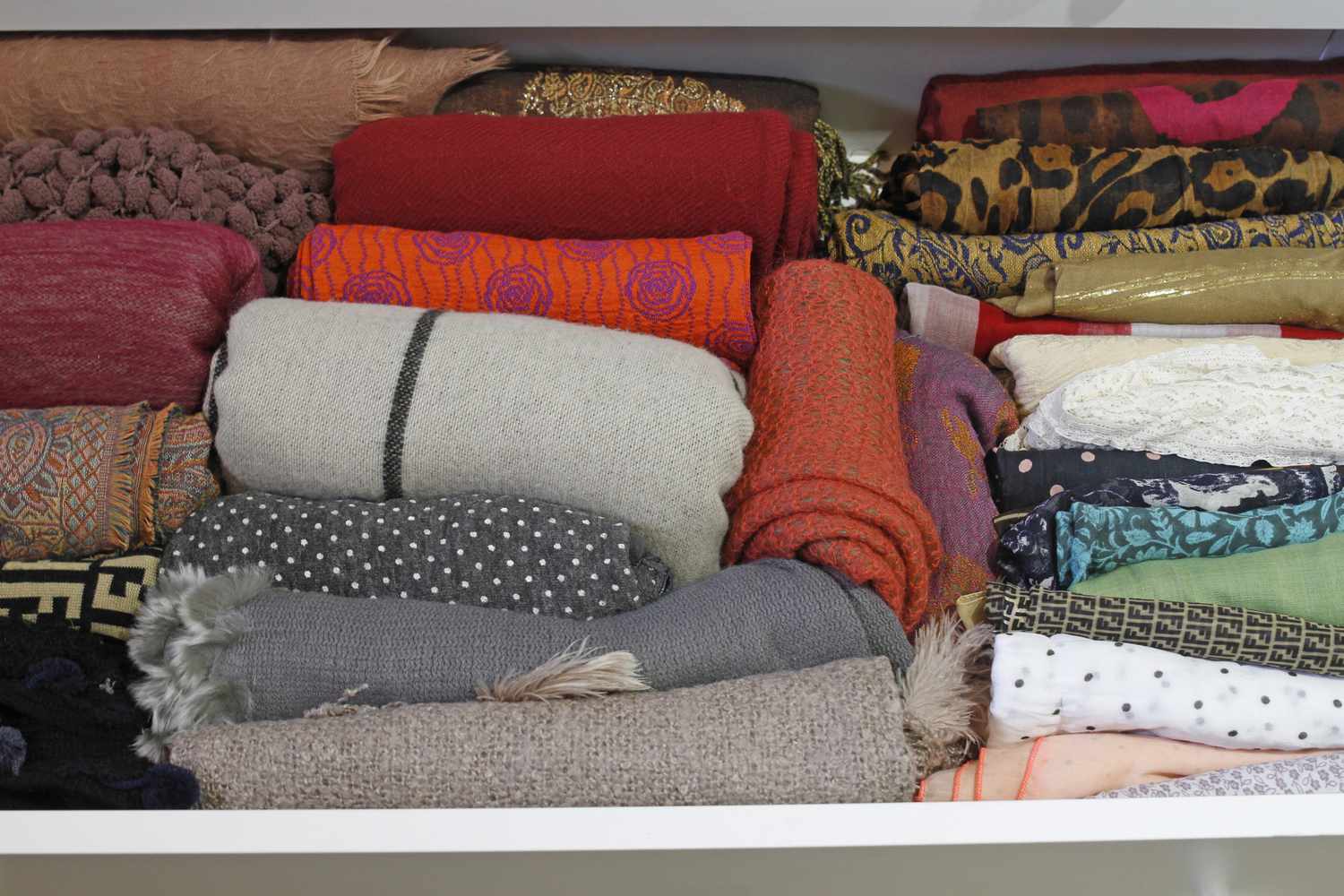
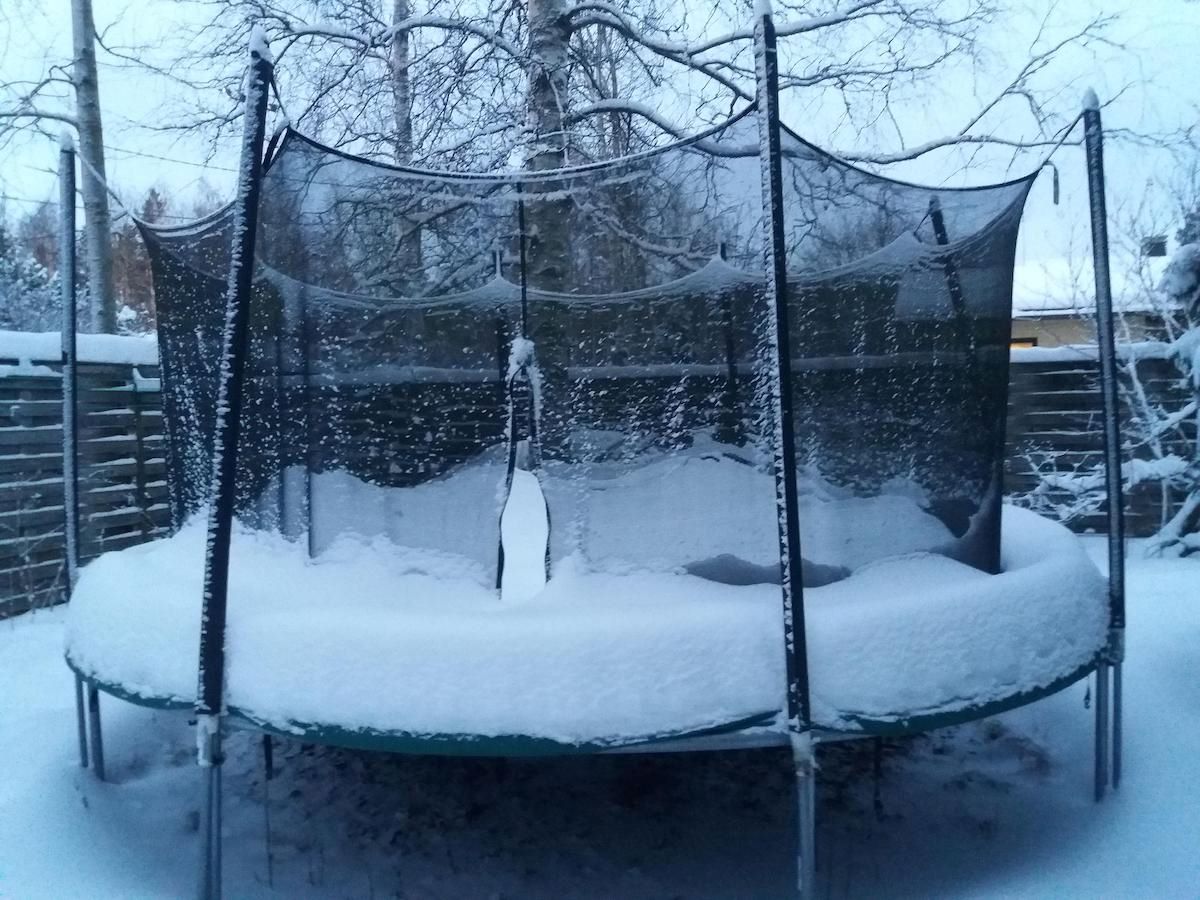

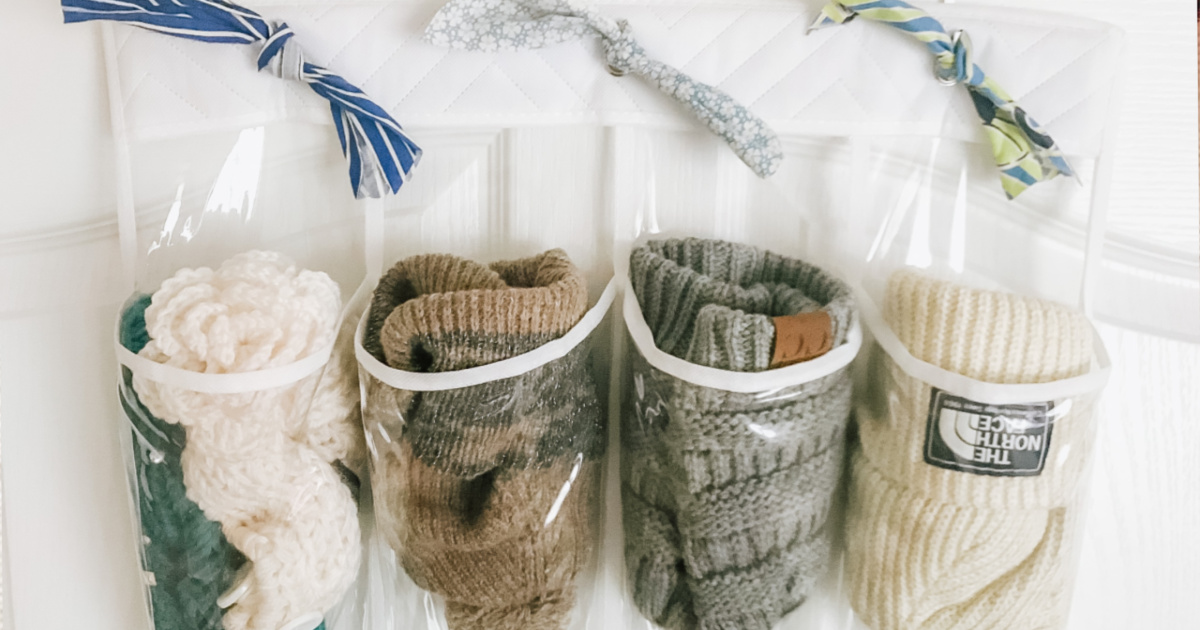



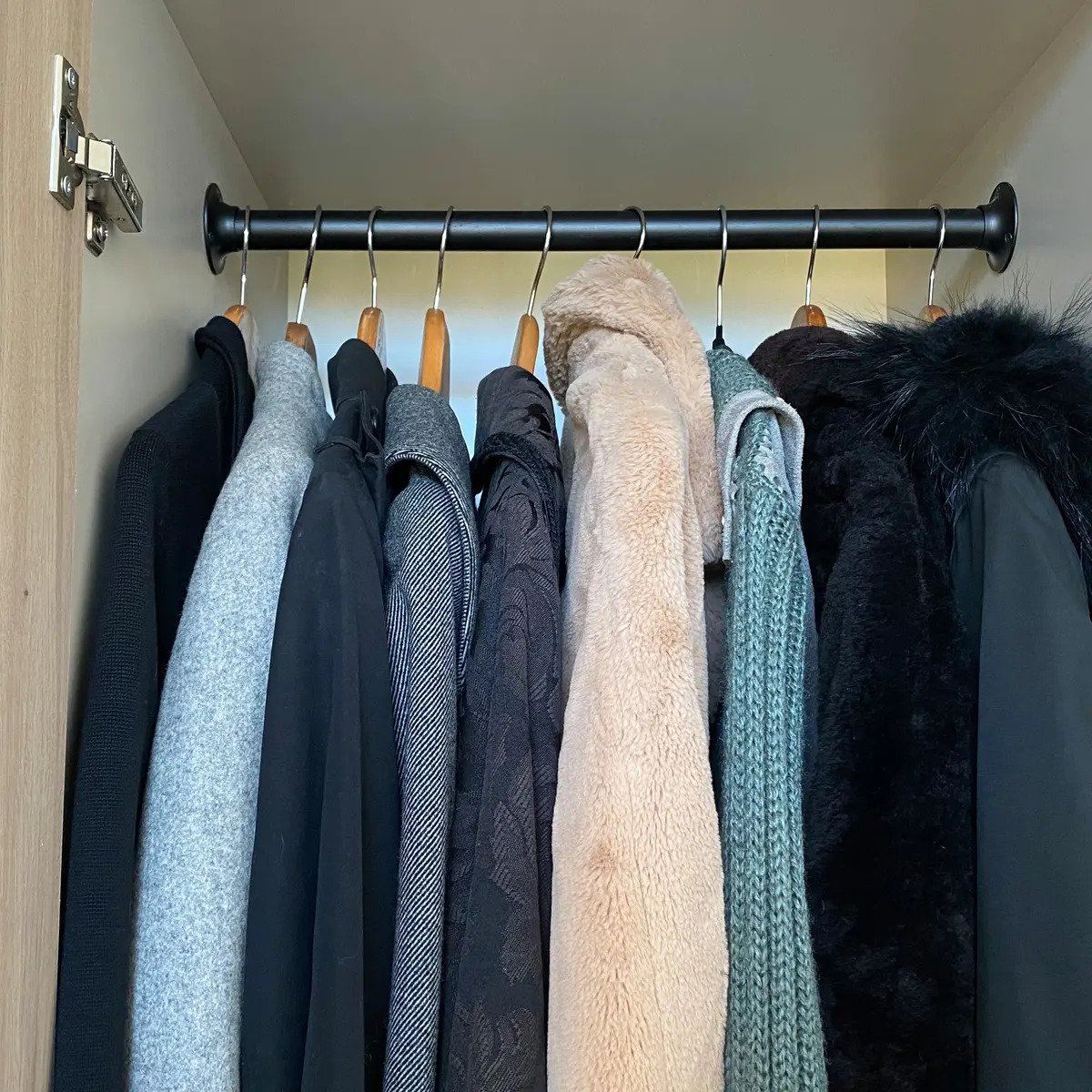
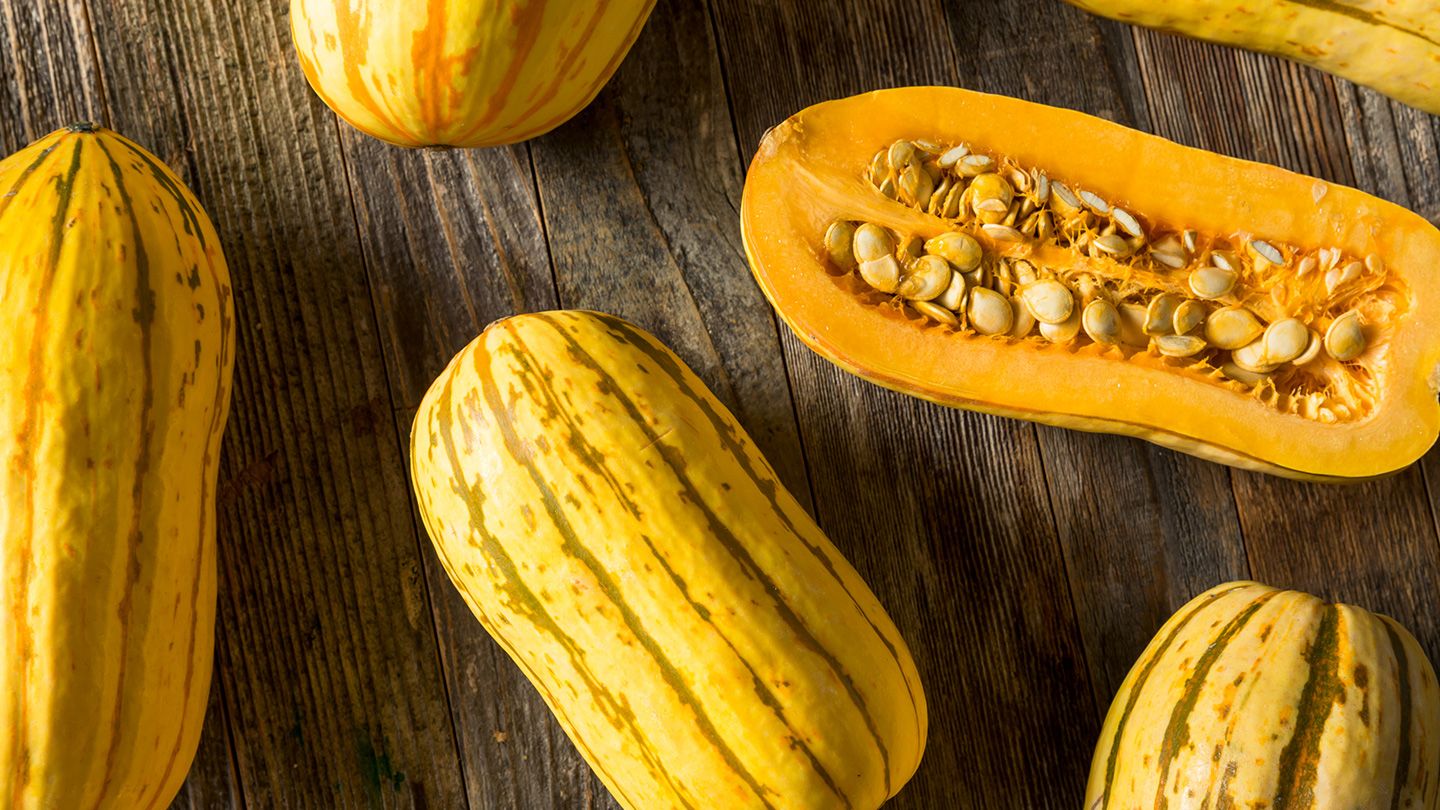

0 thoughts on “How To Store Winter Scarves”